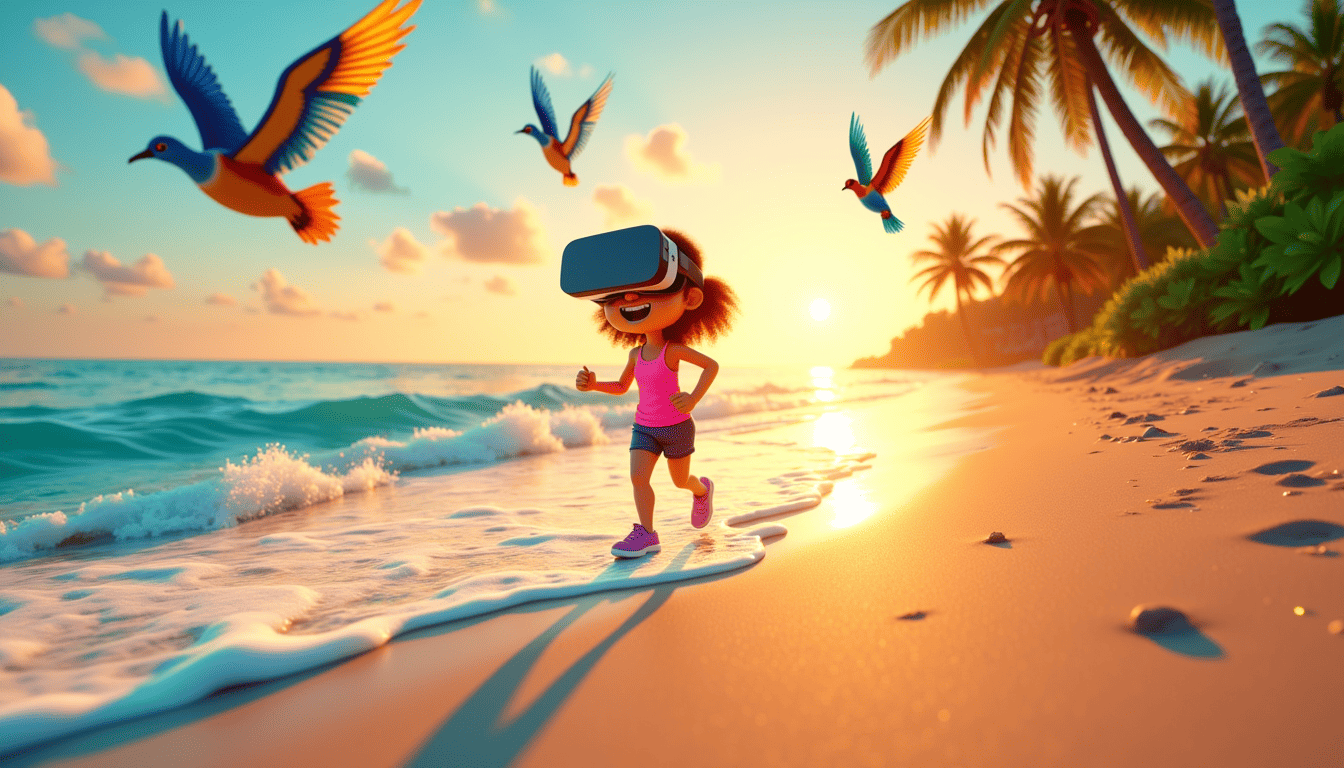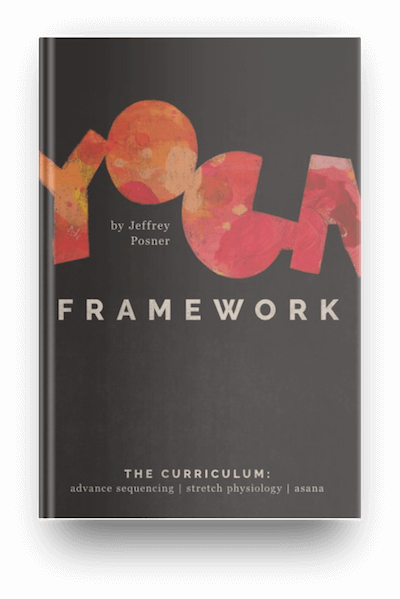Transform Your Fitness Journey: How Virtual Reality Is Revolutionizing Home Workouts in 2023
Virtual reality home workouts are redefining how we approach fitness, making exercises more engaging and accessible. With transformative potential, VR technology is reshaping personal fitness regimes by offering immersive, game-like experiences that conveniently fit into our busy lives. Today, we’ll explore how VR is changing the landscape of home fitness while also considering the pros and cons of integrating this cutting-edge technology into your workout routine.
The Immersive Experience: Making Workouts Exciting
One of the most compelling features of virtual reality home workouts is their immersive nature. Imagine jogging on the serene beaches of Maui, practicing yoga in a tranquil forest, or even boxing on the rings of Saturn! VR environments transform monotonous exercises into exciting adventures. According to Trainify, these settings make workouts not only more enjoyable but significantly more interactive.
This sense of adventure can be particularly motivating. The gamification aspects of VR, including leaderboards and rewards, make working out feel less like a chore and more like a game. Therefore, participants often find themselves more committed to their exercise routines, boosting both motivation and consistency.
Virtual Reality Home Workouts: Accessibility and Variety
Another remarkable perk of VR workouts is their accessibility and variety. Today, anyone can access a plethora of fitness options from the comfort of their home. Whether you’re interested in boxercise, high-intensity interval training, or tai chi, VR provides extensive options without needing a gym membership. Litesport highlights how this ease of access and diversity in workouts are breaking down barriers to fitness, especially for those who lack the time or resources to commute to a gym.
However, it’s worth noting some potential downsides. The initial cost for VR equipment can be a hurdle, and not all systems are created equal. Quality may vary significantly based on the hardware and the applications available. Yet, once set up, the convenience and variety often justify the investment.
Real-Time Feedback and Harnessing the Power of AI
VR home workouts are not just about the environment. They come equipped with real-time feedback systems that give users insights into their form and performance. This feature is incredibly valuable for people looking to improve their technique without a personal trainer. Furthermore, the integration of AI allows these systems to provide personalized coaching tailored to the individual’s fitness level and goals, as described by Onix-Systems.
Moreover, this adaptability and personalization significantly enhance user engagement. But, as with all technology, there is room for improvement. The AI systems in VR workouts are still progressing, and in some cases, they may not yet match the nuanced expertise of a live fitness coach.
Fostering Social Connectivity Through Virtual Workouts
Despite being practiced at home, VR workouts offer the opportunity to connect with others. Many platforms enable multiplayer capabilities, allowing friends or even strangers to exercise together in a virtual space. This social connectivity can reduce the feeling of isolation that sometimes accompanies home workouts.
However, the question of how effectively these platforms replace in-person connections remains. While VR provides a sense of community, it does not fully replicate the experience of a gym environment. Yet, for many, it serves as an excellent middle ground until they can rejoin more traditional settings.
The Balance of Stress Reduction and Physical Benefits
Virtual reality workouts are not just about physical health; they play a significant role in mental well-being. Immersive VR exercises are known to lower stress levels, delivering significant mental health benefits. Pacific Neuroscience Institute confirms that these workouts can help manage stress and anxiety, leading to improved mental health over time.
To further explore this holistic approach to stress management, readers might find interest in the use of essential oils, which, combined with VR workouts, can offer a comprehensive way to manage stress levels naturally. Similarly, exploring AI-driven fitness apps could provide broader insights into technology’s role in personal fitness, as seen in this AI fitness app comparison.
Conclusion: Bridging the Gap in Modern Fitness
In conclusion, while VR home workouts present both benefits and challenges, they undeniably add a fresh, exciting dimension to personal fitness. As technology improves and costs decrease, we can expect VR fitness to become more accessible, potentially setting new standards for what at-home workouts can achieve. Whether you are seeking an efficient way to stay fit or looking to enhance your mental well-being, virtual reality might just be the key to transforming your fitness journey. Consider integrating VR into your routine to experience the unique benefits it offers. The future of home fitness is indeed virtual—and very real.

